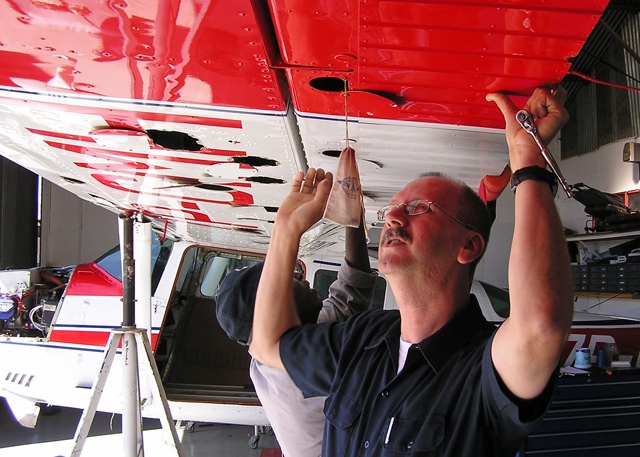

We’re even seeing the first, flight-free travel agencies appear, such as Byway Travel, which offers slow travel trips to Sicily and the Côte d'Azur. By bringing together unused footpaths and little-known back routes, it is now even easier to move about the country carbon-free. Look, for example, at companies like Slow Ways, an online community connecting each town and city in Great Britain via a network of walking paths. Thankfully, I’m not the only one to see the potential of flight-free travel. Hiking, sailing, driving, and train-hopping to start © Studio Muti / Lonely Planet A slower more sustainable future

Once you've decided to keep sustainability in mind, there are plenty of ways to travel at ground level. How we can be better travelers in a post-COVID world We need to slow down how we travel, to allow us to experience nature, encounter awe, engage with strangers. If we don’t go out and see the world, we won’t be aware of what we are going to lose. It’s important to note that going flight-free hasn’t stopped me from traveling. In the meantime, people much smarter than me ( NASA, the UK Department for Transport, Harvard, the UN, 99% of all climate scientists) have rerun the figures and – as the IPCC report concluded – this is the last call to save humanity. It’s now nearly four years since I've been grounded. I had taken other steps in my daily life, from carrying a reusable water bottle to doing all my gardening by hand, and not flying seemed like another quick win in terms of reducing my personal carbon emissions. Going by plane is etched into the job description: there were long weekends in China 45-minute domestic flights across India a short hop from Brazil to Bolivia. I’ve traveled to six continents and more than 45 countries, taking more than 100 flights. As a travel writer, I often need to get to different countries quickly and conveniently. It wasn’t a tough decision to stop flying, but it was an impractical one. Get the inside scoop on the latest cultural happenings all over the world delivered weekly to your inbox with our email newsletter. Slow travel – the new sustainable way of exploring the world But for a holiday, it’s also pretty non-essential. Viewed through that prism, flying may be quick, convenient and, for great swathes of the planet, relatively affordable. Yet the Global South is where the impact of climate change is most acutely felt. The outcome? The Global North is responsible for 92% of the world’s excess carbon emissions.

In the UK, 15% of people took 70% of flights, a pattern repeated in other countries. And those taking flights tended to be frequent flyers. Data from the World Bank showed those in the US took nearly a billion flights in 2019. Pre-pandemic, passenger numbers were growing in every country on the planet. One major issue is that number is predicted to increase. So while its emissions aren’t as bad as, say, cruise ships (in 2019 Carnival ships produced more pollution than all of Europe’s cars combined), planes are still accountable for an almighty belch. When it comes to carbon emissions, the aviation industry accounts for 2% of total emissions worldwide, and 12% of the fumes emitted by transportation. Once you even glance at the data, it’s hard to ever look away. I hadn’t yet delved into the extensive research around climate change, as I promenaded along Port de Pollença at dusk or considered its urgency while cliff-jumping at Sa Calobra. Suddenly the line blasts northward like a rocket, with temperatures rising by some 0.7☌ in a century. From afar it is like looking out across the Alps: a 0.1☌ increase here, a 0.2☌ decrease, sloping ridges and subtle summits.

It is alarming: For millennia, the Earth’s temperature subtly fluctuates like a mountain range. All of that just a £4.99 flight away.īut back in 2018, when I took that flight, I hadn’t yet seen The Graph, a line chart plotting average global temperatures for the last 11,000 years. Ice-cold beers in the open-oven warmth of a soft Mediterranean evening. Like the 13.6 million other tourists who wing their way to Spain’s chain of sunbaked seductresses each year, I love the place. I might have taken a private plane to French Polynesia, sipping Champagne the whole way and then sliding down the inflatable evacuation slide by way of a final hurrah.īut the Balearics? It was my sixth visit. If I knew it was to be my last flight, I would've flown somewhere more remote than Mallorca.Īntarctica or Papua New Guinea, maybe: once-in-a-lifetime destinations that require serious effort to reach. It might’ve been the best thing I’ve done – both for myself and the planet. I’m a travel journalist and I’ve given up flying.


 0 kommentar(er)
0 kommentar(er)
